Answers to Common Science Questions From the Public
For this blog post, I’ve decided to make a collection of questions I’ve been asked by non-scientific folks in casual everyday situations (at a BBQ, for example) and the answers to them.
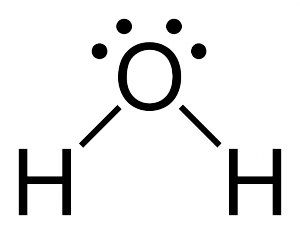 1. If something is a chemical, it must be bad for you, right?
1. If something is a chemical, it must be bad for you, right?
No. Everything (literally, everything), is a chemical to some extent. Water is a chemical, and it isn’t all that bad for you. Amino acids, carbohydrates, and lipids are chemicals too, and you need all three to survive.
There are dangerous chemicals, yes, but just because something is a chemical doesn’t make it bad for you or dangerous.
2. Do vaccines have a link to autism?
No. This myth has been debunked numerous times by organizations such as the Centers for Disease Control and Prevention (CDC), who studied multiple vaccines and found no correlation between vaccines and autism spectrum disorder. In fact, this myth originated from a study conducted by Dr. Andrew Wakefield, who altered patient medical histories and falsified the data that was used for the study published in the BMJ (British Medical Journal). His study has since been retracted due to its false claims.
Vaccines have saved countless lives since their creation and will continue to do so. The anti-vaxxer movement is absolute nonsense. They spout dangerous and non-scientific claims without any hard evidence to back them up, and trick people into making poor choices for themselves and their children by advising against vaccination.
An even more interesting fact is: while autism is on the rise, the amount of proteins we use collectively in all vaccines has actually decreased, so there’s somewhat of an inverse correlation.
3. Why isn’t there a cure for cancer yet?
Cancer isn’t a single disease. It’s actually a vastly complicated set of different diseases, because many cancers are driven by different mechanisms. For example, one protein can be found to be involved in the progression of cancer of the stomach, prostate, pancreas, and breast, but not in cancers of the colon. Another protein may be vice-versa. This is a short answer to a big question, but the fact is that we simply don’t have a cure-all for cancer because of its many different causes.
4. If something is natural, it must be better for me.
False. The word ‘natural’ holds an appeal to most of us because we correlate it with being better for our bodies. This simply isn’t the case in many instances. For example, ‘natural’ supplements in Canada have to meet a very small number of criteria before they are sold. So while they may indeed come from ‘natural’ sources, there may be minimal evidence to back up that it’s actually useful.
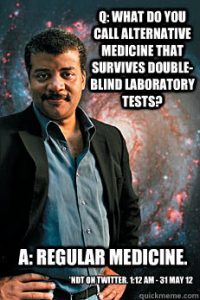 5. Alternative medicine is just as good as conventional medicine, right?
5. Alternative medicine is just as good as conventional medicine, right?
False. There’s a saying in science: “Alternative medicine that’s proven to work is simply called ‘medicine'”. This is true. Alternative medicine, by definition, is a practice that claims to have the therapeutic potential of medicine, but is contradicted by scientific findings and does not follow the scientific method.
Alternative medicine includes practices such as naturopathy, chiropractic, homeopathy, faith healing, and acupuncture. It is important to make the distinction between alternative medicine and conventional medicine when you are seeking treatment, as conventional medicine is rooted in evidence, research, and facts, whereas alternative medicine is not.
6. How does deodorant work?
Deodorant has two purposes: odor-masking and antimicrobial. Body odor in the axial (armpit) area is caused by bacteria that metabolize sweat to create pungent compounds. Compounds in the deodorant can mask the smell of the bacterial metabolites and also kill the bacteria, preventing them from growing any further and causing any more smelling.
7. How many bacteria live on the inside and outside of the average human?
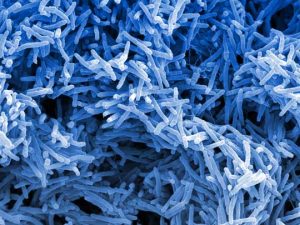 Every human is a giant walking bacterial factory. Seriously.
Every human is a giant walking bacterial factory. Seriously.
Humans are actually an ideal location for a microbe to hang out in: our internal temperature is 37 degrees (perfect for microbial growth) and we’ve got loads of protein, carbohydrates, and lipids that we take in through our diet that the microbes can feed off of.
The average human has approximately 10 bacteria on/in their bodies for every single human cell, meaning that we’re more bacteria than anything.
8. What is your favorite branch of science?
This is a tough one, but I would have to say a three-way tie between medicinal chemistry/drug design, virology, and tropical diseases.
9. What is the single most interesting thing you learned as a student?
Again, another tough one. If I had to pick only one thing, it would probably be learning (in very simple terms) about how to analyze the structure of a protein to develop a novel drug against it.
10. What is your favorite scientific advancement that’s taken place over the last 25 years?
HIV antiretroviral therapy has made tremendous strides in the past quarter century. By taking a cocktail of drugs to manage their condition, HIV-infected people can have their viral load (the amount of virus in the bloodstream) drop to near-undetectable levels. This greatly improves their prognosis. Antiretroviral therapy has vastly increased the life expectancy of HIV-positive people, and will continue to make a difference.
11. What makes human hair colour?
A protein called melanin that comes in two forms: pheomelanin and eumelanin. Pheomelanin is responsible for lighter colors and eumelanin is responsible for darker colors.
Varying levels of these two proteins in hair is what causes variations of colour. Brown hair, for example, has more eumelanin and less pheomelanin, whereas blonde hair has very low levels of both.
12. Is science as it’s portrayed on TV and movies an accurate representation of science in real life?
HA. Not at all. There is a collection of ‘Movie Science vs Real Science’ images that can be found here. They sum it up beautifully.
13. What was your favorite thing about being a UVic Science student?
Learning new information every day about how the world around us works at the molecular level, and then applying this knowledge to try to make a difference.

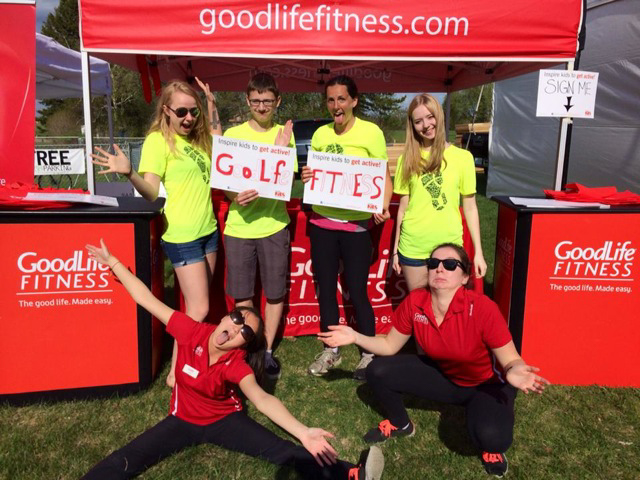
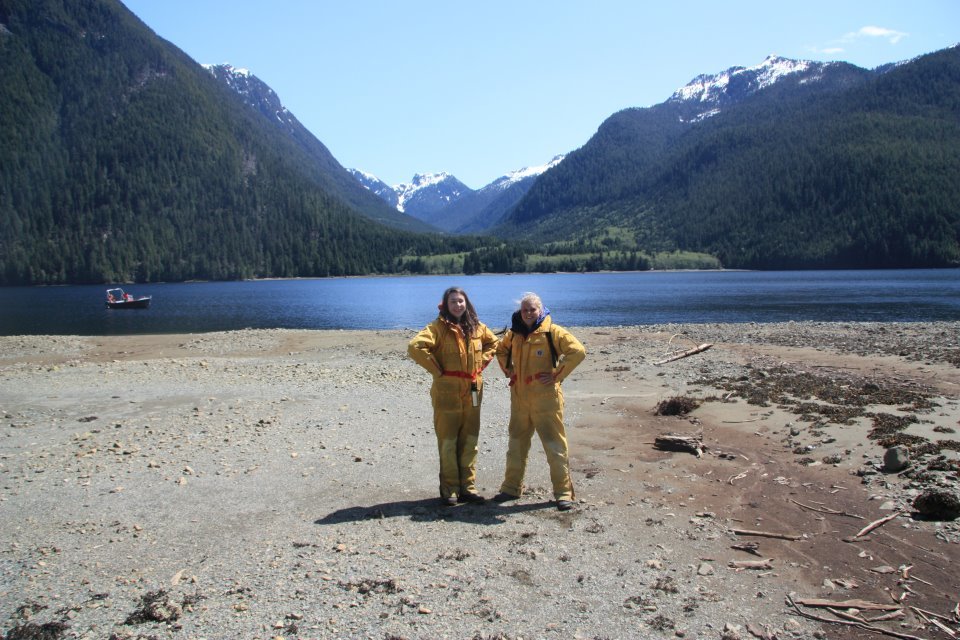

This article is great – funny and informative! Almost makes me want to transfer into science…. 🙂 thanks for sharing Trevor!